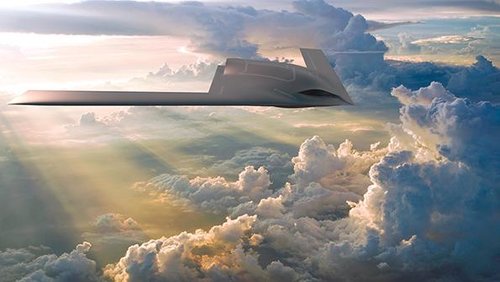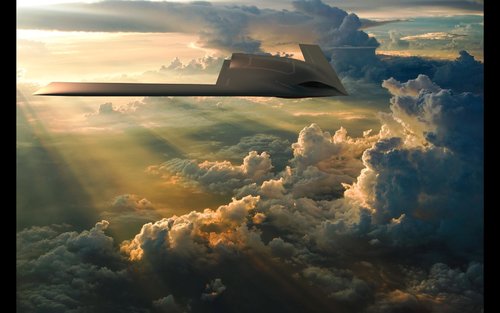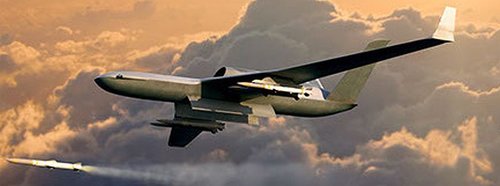- Joined
- 4 May 2008
- Messages
- 2,439
- Reaction score
- 753
Jsport, you seem to be using the terms "BWB" and a blended fuselage/wing interchangeably. BWB has a very distinct connotation.
sorry i'm wasting your time.
enough said.
sorry i'm wasting your time.















